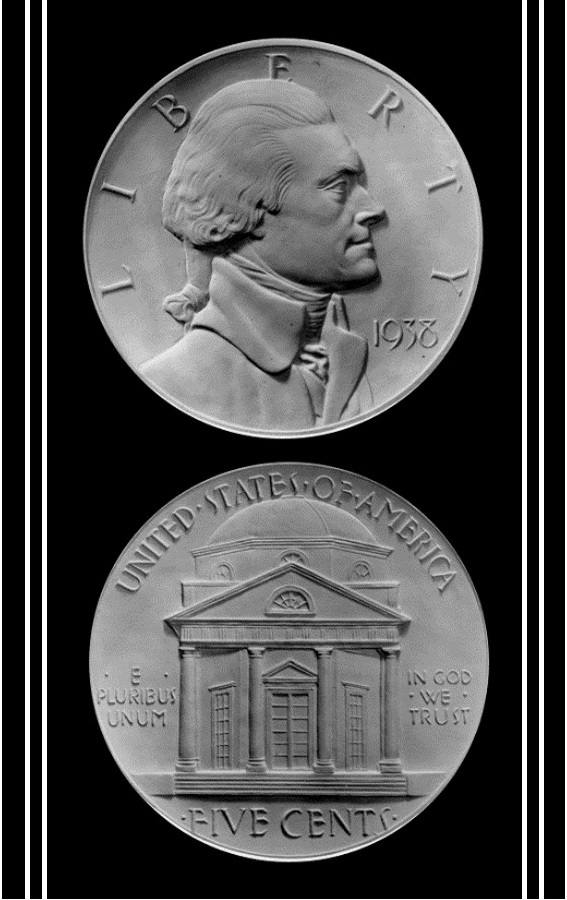

January 25, 1938 - April 21, 1938
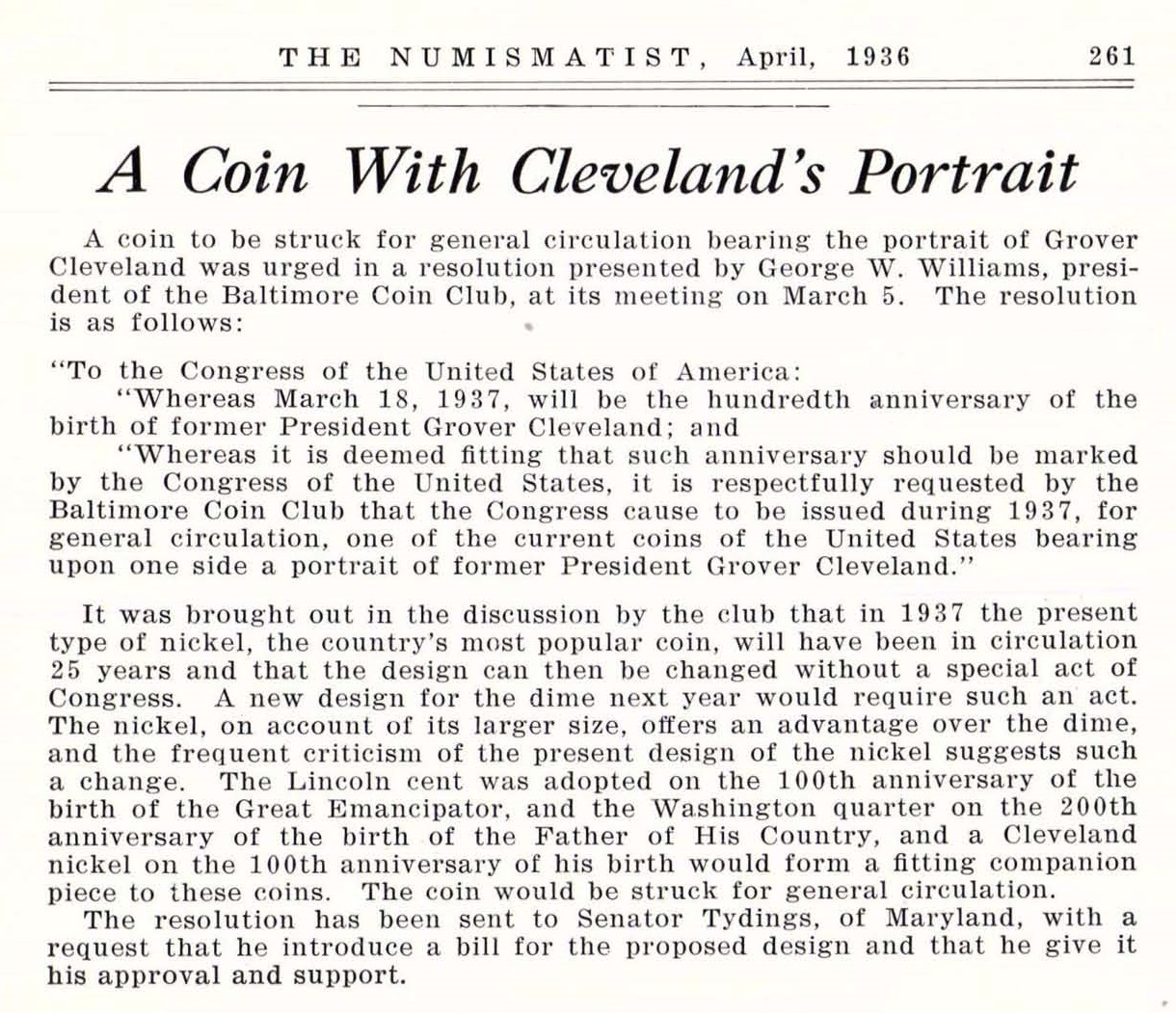 The
idea of changing the nickel may have originated in March 1936
with the Baltimore Coin Club. The April 1936 issue of The
Numismatist contains text from a letter drafted by the Baltimore
Coin Club to Senator Tydings of Maryland. The
correspondence points out that 1937 marked the year that the
design of the nickel could be altered without special act of
Congress and offers that Grover Cleveland should grace one side
of the coin.
The
idea of changing the nickel may have originated in March 1936
with the Baltimore Coin Club. The April 1936 issue of The
Numismatist contains text from a letter drafted by the Baltimore
Coin Club to Senator Tydings of Maryland. The
correspondence points out that 1937 marked the year that the
design of the nickel could be altered without special act of
Congress and offers that Grover Cleveland should grace one side
of the coin.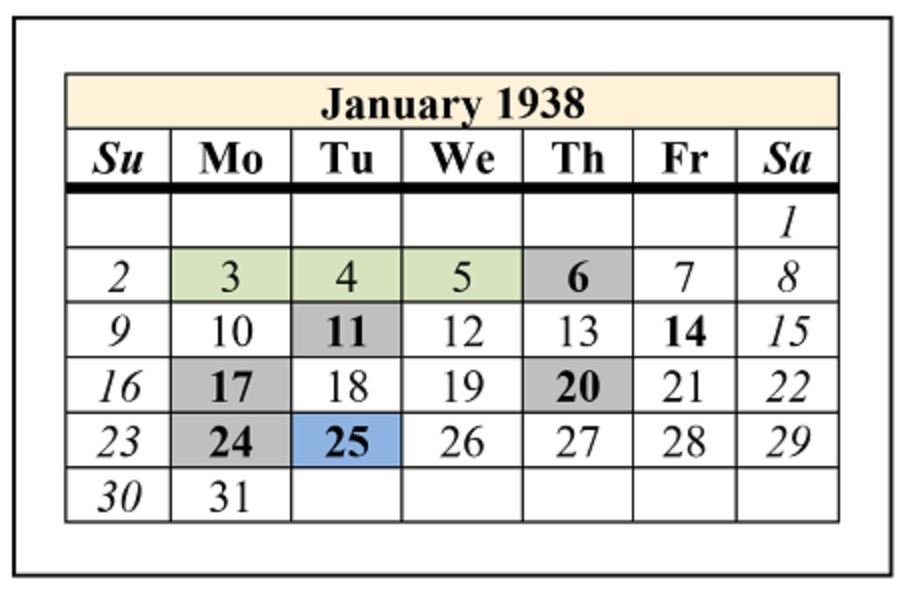 In a group meeting, assistant
Secretary of the Treasury, Wayne C. Taylor raised the issue of a
Jefferson nickel in a very brief exchange. Secretary
Morgenthau not only confirms the approval to proceed with the
Jefferson nickel national competition, but also suggests that
the Lincoln penny was at least considered for replacement.
In a group meeting, assistant
Secretary of the Treasury, Wayne C. Taylor raised the issue of a
Jefferson nickel in a very brief exchange. Secretary
Morgenthau not only confirms the approval to proceed with the
Jefferson nickel national competition, but also suggests that
the Lincoln penny was at least considered for replacement.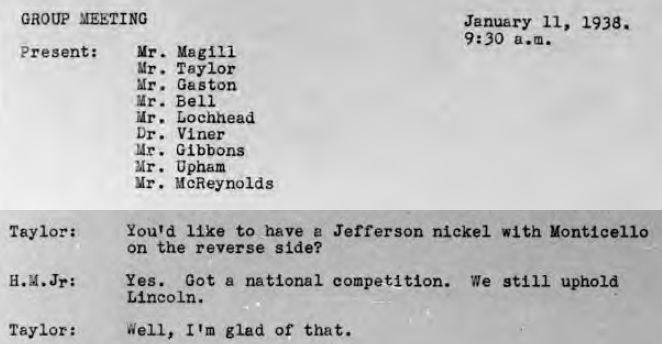
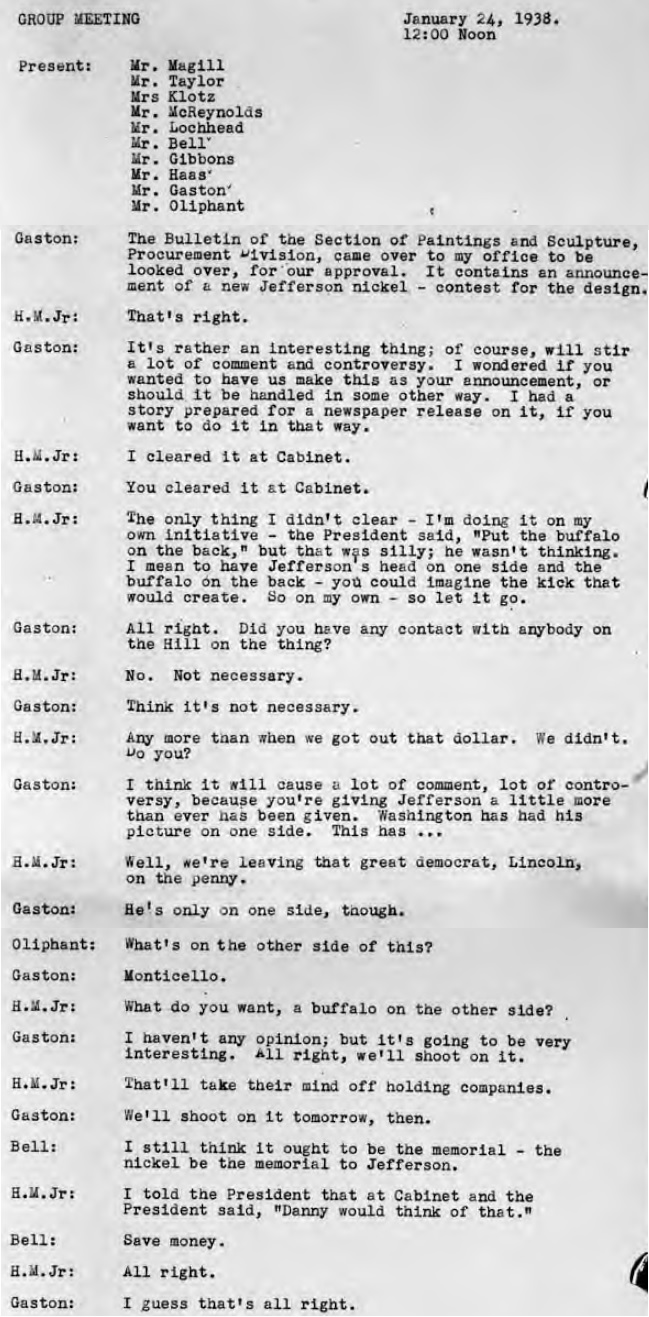
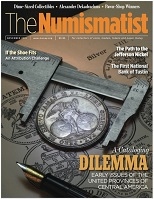
All content has been reproduced with the permission of the respective copyright holder. Further reproduction without permission is prohibited.
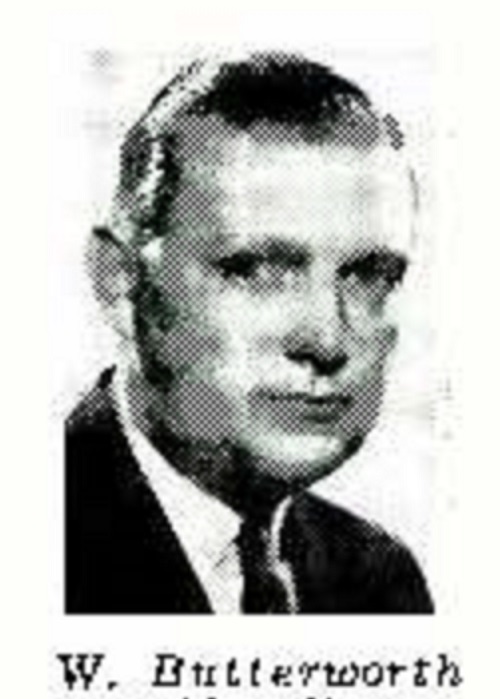
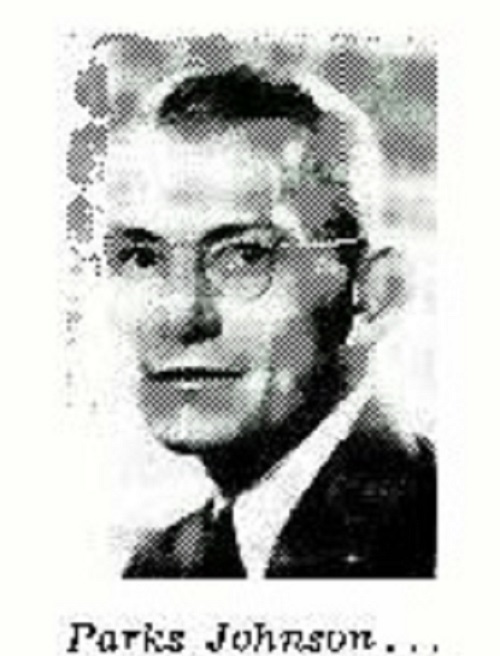 Over
the air...
Over
the air...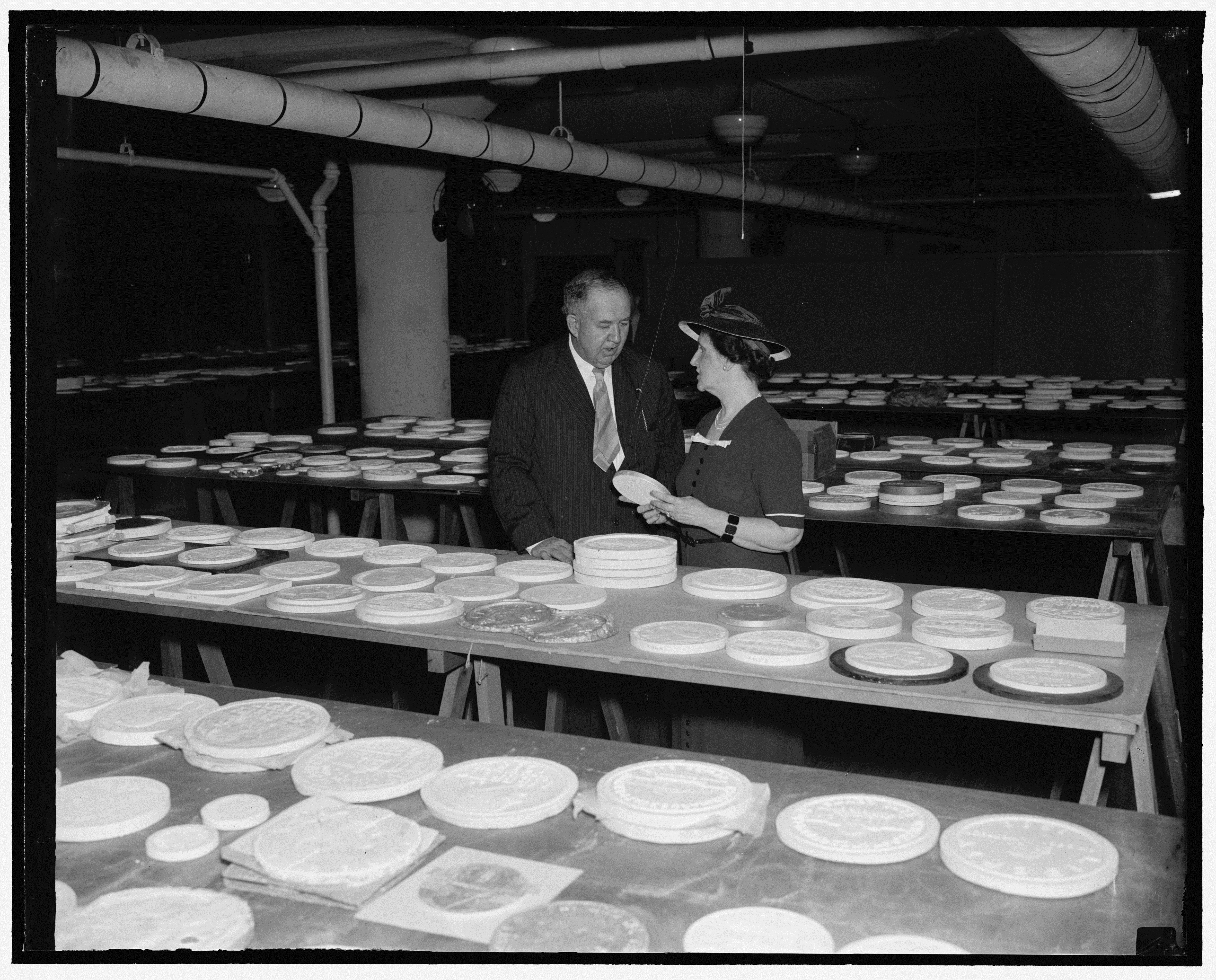 In April of 1938, Edward Bruce (left),
Director, Section of Painting and Sculpture, and Nellie
Tayloe Ross (right), Director of the Mint, reviewed the
plaster models submitted by the April 15th deadline.
Sculptors, Sidney Waugh, Albert Stewart, and Heinz Warneke
assisted in the judging and selection process.
In April of 1938, Edward Bruce (left),
Director, Section of Painting and Sculpture, and Nellie
Tayloe Ross (right), Director of the Mint, reviewed the
plaster models submitted by the April 15th deadline.
Sculptors, Sidney Waugh, Albert Stewart, and Heinz Warneke
assisted in the judging and selection process. 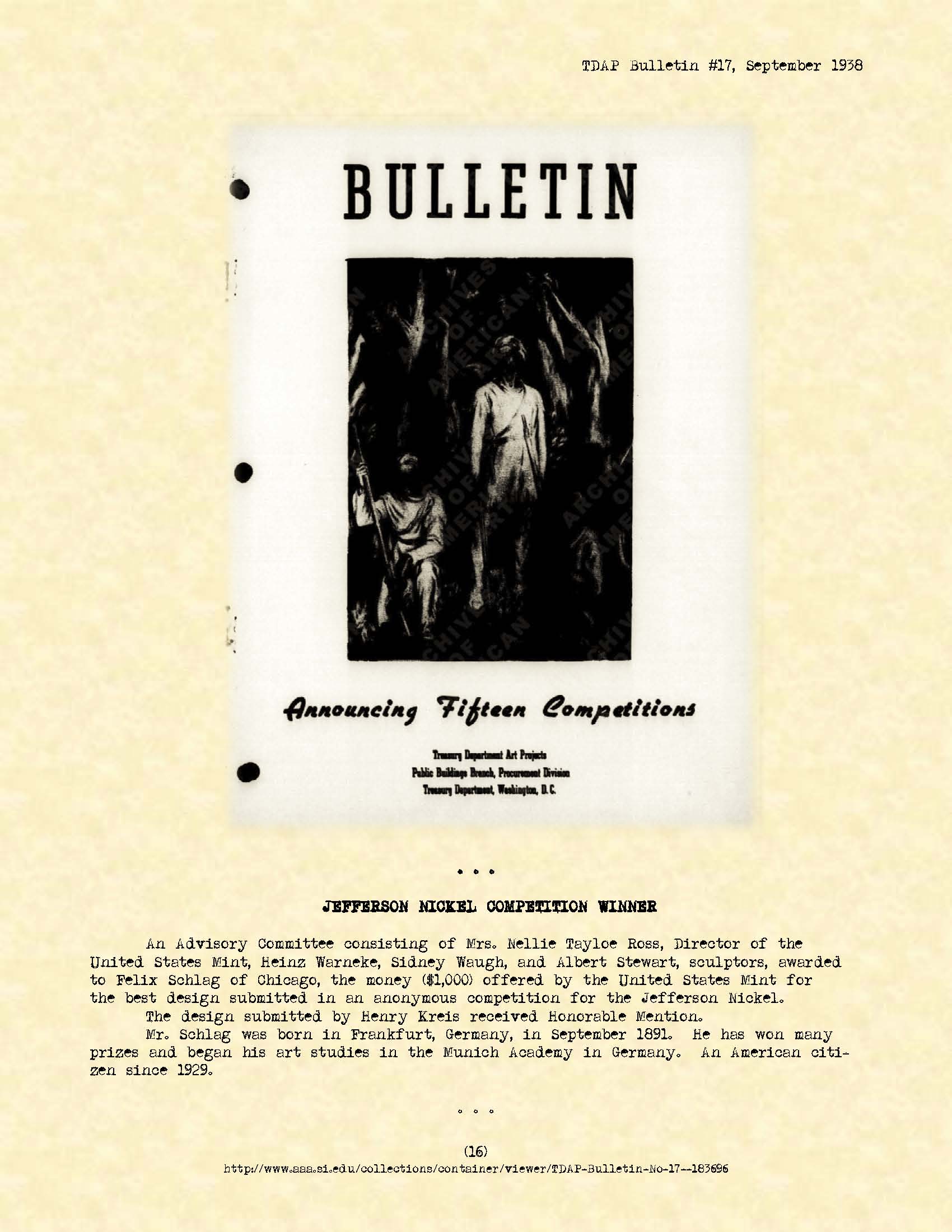 The
Treasury Department was under no obligation to preserve the
models which were submitted; however, it seems a few of the
artists retained copies which have resulted in the commemorative
minting of the "nickels that never were." Among the nearly 340
artists that submitted entries, we have images of the
contributions of: Anthony De Francisci, Wilhelm & Frank
(Franz) Hejda, Christian
The
Treasury Department was under no obligation to preserve the
models which were submitted; however, it seems a few of the
artists retained copies which have resulted in the commemorative
minting of the "nickels that never were." Among the nearly 340
artists that submitted entries, we have images of the
contributions of: Anthony De Francisci, Wilhelm & Frank
(Franz) Hejda, Christian| List of Participants (continued) |
||||
| I Isaacson, Benjamin J Jakobb, C.A. Janowski, Bela Jeanfil, Henri Jacques Jirouch, Frank L. Johnson, Nels N. Johnson, Phillips B. Jones, Mary Hooper Donelson Jonesco, Tassello Juszko, J. K Katz, Israel Kearfoot, Robert King, Daniel A. King, Roy E. Kirchner, Louis Richard Kirchner, Mervena Kirchner, Mrs. E. Kittinger, George F. Kittredge, Robert Klein, Christian J. Klein, Joseph Kneass, William E. Jr. Knoblaugh, E.M. Korompay, George Kreis, Henry Kronberg, Thomas G. L Lakey, Billy Sam Laman, Joseph R. Lappan, Charles A. Jr. Larsson, Marta Lavell, Lulu Werhaven Lawrie, Archer Lawser, Mary Leach, Louis Lawrence Leto, Joseph Lisotto, O.J. Lo Medico, Thomas LoDato, Salvatore Lohrman, Ernst Lombard & Ludwig, Inc. Lombardi, Joseph Looker, William Hampton M Machlanski, S. Mack, August Maibrunn, August Mankowski, Bruno Marans, Moissaye Margulies, Pauline Martin, Jose Masel, Charles W. Matthews, Adrian M. May, Carroll A. Mays, James Francis Jr. McCauley, Edward Francis McHugh, Irene McIntosh, Joe M. Melson, Chester Meyer, Alvin Michalczyk, Casimer Milici, Salvatore M. Milione, Louis Miller, George W. Mitchell, Melvin Monaghan, Theodore Monroe, Charles Montana, Pietro Morahan, Eugene A. Moran, Mrs. Thora Morgan, Arthur C. Mosteller, William P. Myers, Texie |
N Nagy, Frank Neary, Thomas Nelson, Margaret D.P. Neri, Bruno Nicodemus, Chester R Nicolosi, Joseph Nilsson, Paul F. O Olsen, Gerard P Pace, Canio Page, Henry W. Paine, Margaret Walker Parducci, Corrado J. Parducci, Rudolph Parks, Wellman W. Parsons, David G. Paulson, Jehu D. Peabody, Evelyn Pehl, Carl J. Perry, Charles C. Persoff, S. Petersen, Christian Phillips, Lawrence Norman Pieina, Salvatore Pietz, Adam Pittet, G. Pixler, Alvin L. Poehlmann, Theodore Powell, Daniel A. Proctor, G. MacG. Procyson, Joseph A. Purcell, John Wallace Q Quilici, Gladys A. R Raffel, William D. Rauchman, E. Reichart, Rufus Rhoades, Maurice Ralph Ricker, Albert Ritter, Merlin N. Romanelli, Carl Jr. Romanelli, Louis Rosenblatt, Leon Rossetto, J. Rotundo, Marcello Rust, Edwin C. S Saling, William M. Sand, Robert T. Sanford, Marion Sangernebo, E. Saville, Bruce Wilder Scatena, Vincent Schaeffler, Elizabeth Schlag, Felix Schmidt, Mrs. Gaul Schmitz, Carl L. Schreckengost, Paul G. Schrier, Sam Schulenburg, Adele Schuler, Hans Schuler, Hans Jr. Schultz, G.W. Schultz, Stanley Schweigardt, Frederick W. Scudder, Janet Seidel, Charles A. Sellors, Evaline C. Shamp, Fannie R. Sharkey, Bert Shear, Violet Sheppe, Lillian Short, Duane F. |
S Silbermann, Herbert Simmang, Charles Jr. Simons, Anthony P. Simpson, Wm. Marks Skogen, B.M. Smith, James B. Smith, Mrs. W.B. Soderstrom, L.S. Sonn, Lester H. Springweiler, Erwin Starr, Granvil G. Steimer, Joseph C. Steinbrenner, George E. Steinichen, John Steinmetz, H.P. Stewart, Lawrence O. Stoll, John Storch, Harry Stephen Story, Harriette Elizabeth Studer, Alfredo Studer, Louis Swann, Mrs. T.M. Swenson, Howard Switzgabel, August J. Szaton, John T Talbot, Wm. H.M. Tarquinio, Fortunato Tatore, Frank Thomas, H.R. Thomas, James W. Thompson, Katharine S. Thorp, Earl N. Thysell, John Carl Jr. Topetyes, James J. U Umlauf, Charles V Van Beek, Willem Van Hook, Nell Van Norman, Grace Vander Velde, Henry F. Vavrik, Louis Vienot, Morton Willard W Waggaman, Walcott Clarke Walter, Joseph Walworth, John Webb, Mrs. Fred Weigmann, Louis Wein, Albert W. White, Jane Whitehead, Nelson Wieneke, Charles W. Wilkinson, Joseph Jr. Williams, Wheeler Wilson, Harold F. Woehr, A.D. Woolley, Dan M. Y Yerbysmith, Ernest A. Yost, Jeanette E. Young, Dorothy O. Young, Laverne Marion Yungmann, John Z Zarouskas, Frank Zeman, Leon A. Zimm, Bruno L. Ziroli, Angelo Zurowski, Arnold E. |
||
A
Acruman, Paul
Adrian, Richard F.
Agopoff, Agop M
Aitken, Robert
Alig, John E.
Allak, Andrew
Anderson, Ernfred
Anderson, P
Anderson, Sten Tergny
Angela, Emilio
Arnold, Charles
Ashbrook, L.E.
Atkinson, WM. O.
B
Baasch, Oscar
Baldwin, Nixford
Barbarossa, Theodore
Barger, Raymond
Barlow, Guthre
Barry, E.K.C.
Batty, James
Beck, Raphael
Beling, Helen
Belskie, Abraham
Berge, Henry
Bertoli, Alfred
Bertram, Lucile C.
Bessom, Florence
Biasella, William M.
Blackhall, Renard M.
Bogatay, Paul
Bolton, John H.
Bonyai, George J.
Borst, George H.
Bradley, Edmee L.
Bragg, O.B.
Breissinger, Walter W.
Brindesi, Olympio
Brunner, Frederick
Burford, Grace Martha
Burke, Bentie Dion
Burr, Edward Everett
Busse, Lester G.
C
Cabeen, Aaron
Camden, Harry P.
Cannilla, Luigi
Carroll, Maud C.
Carrozzo, Julius
Clarke, Fred B.
Clifford, George M.
Cloninger, Margaret Ruth
Coe, Herring
Cornell, Winifred
Corso, Antonio
Corte, Renato Fausta
Courtney, C.D.
Cox, Eleanor
Coyne, Anthony
Crane, Doris
Crawford, John W.
Cross, Louise
Cutshaw, Edward V.
D
Dargis, Godfrey
Davidson, Charles A.
Davis, T. Gilbert
Dawn, Stella
De Francisci, Anthony
De Santis, Nos V.
De Stefano, John
Dean, Gertrude Blanch
Dean, John Renfrew
Deaton, Charles
Decanio, Felix A.
Dobbins, Louise
Domenico, Arena
Donaldsen, Willa L.
Driersen, Geradus
Drown, Eleanor J.
Durell, C.E.
Dutt, Frank
Dyer, Pricilla C.
E
Ecker, Erwin
Elrod, Henry E.
Evans, A.E.
Eytchison, Lucy
F
Fenton, Beatrice
Ferrari, Febo
Finkle, Melik
Frazer, Priscilla
Frohe, Ferdinano A.
Frost, Robert
Fullre, M.V.W.
G
Gallagher, M.J.
Gansworth, Nellie
Garant, Victor G.
Geissbuhler, Arnold
Giacomantonio, Archimedes A.
Gibson, Harry Lee
Gibson, Norman
Giordano, Joseph
Glasscock, Margaret
Gloss, Rudolph
Goodwin, Allan M.
Grievelle, M.
Grube, John Edgar
Gulbrandson, Otto
H
Hagen, A.C.
Hamill, Lafayette C.
Hamlin, Dora H.
Hancock, Lee
Handley, Curtis
Hanner, Parke
Hardy, Joseph J.
Hare, Mrs. Irving H.
Harmon, Harriet
Hawkins, Earl C.
Hayworth, Able
Heinrich, Christian
Hejda, William & Frank (Wilhelm & Franz)
Helmerichs, H.G.
Hempel, Arno
Henkel, Fritz
Henson, Logan
Hickinson, William T.
Hirschi, Charles A.
Hoffman, William
Hollis, Frederick L.
Holmes, Dwight C.
Hubert, Harry
Huebscher, Crystal Bruce
Humphrey, Fred
Huttig, Ernest W.
